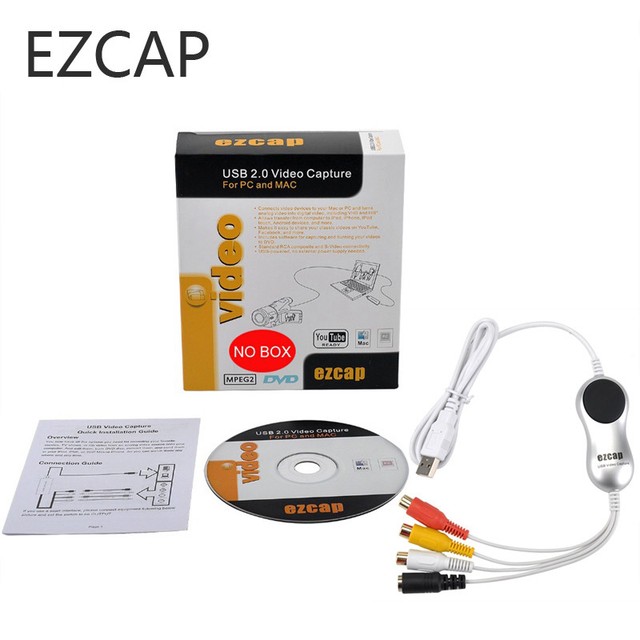

- WINDOWS 10 PERSISTENT USB FOR MAC DRIVERS
- WINDOWS 10 PERSISTENT USB FOR MAC DRIVER
- WINDOWS 10 PERSISTENT USB FOR MAC BLUETOOTH
Set the “Baud Rate” to 4800 and click “OK”. Some manufacturers make it obvious, like ”/dev/cu.MiniPlex-99000125“, but others may be more generic, like: ”/dev/cu.usbserial“. It is not always obvious which is the correct one, but in general the device will have a name starting: ”/dev/cu.“ or ”/dev/tty.“. Open the “Dataport” menu & select the device from the list.
WINDOWS 10 PERSISTENT USB FOR MAC DRIVER
When the driver is installed and the device connected, start OpenCPN, select the Options icon and click the Connections tab.
WINDOWS 10 PERSISTENT USB FOR MAC DRIVERS
Both those companies make OS X drivers available on their web sites, but manufacturers of GPS devices usually package the driver with device. Nearly all hardware uses one of just two chip makes: those from FTDI or Prolific. Whether using a device with its own USB lead or via a serial-USB adapter lead or an NMEA multiplexer with USB port, the appropriate OS X driver needs to be installed. if this is the case, use the following fix:Īttaching a GPS device to a Mac is done via one of the USB ports. If it works, try running opencpn without sudo, chances are that you cannot see the gps. Once the app is open, you’ll see a message that says, Run mkusb version dus Select the Yes button to continue. Step 1: Open up the Ubuntu app menu and search for mkusb, and launch it. To check that it works (/dev/rfcomm0 under GPS NMEA data source). To create an Ubuntu USB with persistent USB storage, follow the step-by-step instructions below.
WINDOWS 10 PERSISTENT USB FOR MAC BLUETOOTH
Your bluetooth GPS should now be working in open CPN. In a separate terminal, you can test the connection with You only need to to this once, not required if you reboot at this point). Sudo rfcomm release 0 (not strictly neccesary) # Automatically bind the device at startupĬhannel 1 #use channel number as provided by sdptool records XX:XX:XX:XX:XX:XX Pair GPS with bluetooth icon -break connection with bluetooth icon -get device id: sudo hcitool scan -get channel for gps: sdptool records 00:02:78:0A:4E:E9 (put your actual number here) -sudo gedit /etc/bluetooth/nf #edit rfcomm input file. That's it - you should now have a Bluetooth GPS Connected. Now in the NMEA Data Source options select from the pulldown menu: “ /dev/rfcomm0”, or write it in the box, if not present as an alternative. Now all you need to do is go into OpenCPN Toolbox and select GPS. Note put your GPS address in this line You should not have to run these commands each time your linux is restarted as it will remember your GPS address. Next we have to bind the GPS address to a “virtual” device OpenCPN understands in this case rfcomm0. In this case I have a IBT-GPS at address 00:1C:88:10:D3:4D (Your GPS address will be different) It will then start looking for the Bluetooth GPS and hopefully find your GPS. Once you have done that you will need to find what the address of the GPS is.

If you have a bluetooth GPS you will need to first configure it through the standard Ubuntu Bluetooth “set up new device ” proceedure.


 0 kommentar(er)
0 kommentar(er)
